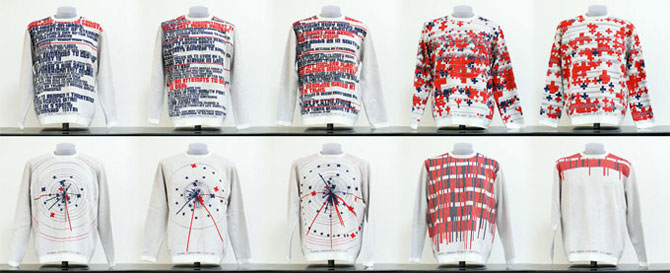This editorial was written by Rob Gardner, our Knowledge Bowl coach my senior year. It appeared in the St. Cloud Times and I believe almost any teacher (rookie or seasoned) can relate to its sentiment.
Teachers Make Lasting Mark on Students
I recently attended a pair of high school graduation ceremonies. I knew several graduating seniors and wanted to show my support for them and wish them luck in their futures-standard commencement fare.
But in the process of affirming these students' abilities and accomplishments, I also affirmed one of the most important decisions of my life: to become a teacher.
I recently finished my third year of college and my third year of studying to be a teacher. College and its requisite decisions have not always been easy. After my first year I changed my field of emphasis...; I didn't want to risk facing students and not being enthusiastic: If I couldn't enjoy the subject, I could never expect my students to. Luckily, others do not feel the same about this area.
So I changed my emphasis-and my outlook. Since then, things have gone well. Until spring quarter.
I had an education class with field experience. For the first time since I decided on my new major, I was put into the classroom for an extended period of time (eight weeks!) to observe, to practice and to learn.
And learn I did. I learned from one class how wonderful discussions can be and how willing students are to expand their worlds of knowledge and experience. I learned to treat all students as equals: to do anything less is to invalidate their worth. And I learned never to lower my expectations because students will match their teacher's expectations, whether high or low.
But then I moved to a different school and different students and had these lessons put to the test. I met the challenge and, two weeks later, felt nearly everything I had done. had gone awry. I began to doubt my decision to be a teacher.
How could two short weeks have such an impact? So much happens in so little time. Reactions quickly add up.
After this class ended, I'd have time to recover and regroup before I student teach, I reasoned. But deep down I knew I would not approach teaching the next time with the enthusiasm and openness that I had at the beginning of my field experience. I had my first battle scars, and I was reluctant to risk getting more.
Then came graduation. Though I graduated from high school only three years ago, I had already forgotten how students and teachers react commencement day. Even if I did remember, it would have been from a student perspective which, though joyous in its own right,is naturally limited.
I was lucky enough to view the Apollo commencement from "behind the scenes" as everyone prepared to go through the ceremonies. I saw, as teachers arrived, graduates rush up to them for one last hug or handshake. I saw seniors and teachers crack one last joke together. And I saw the tears begin to well up in almost everyone's eyes-including mine. During the ceremony I heard teachers whisper to each other about the students' qualities as the students received their diplomas.
After the ceremony the tears again began to form as the graduates emerged from Hallenbeck Hall. But this time the tears were mixed with surprise and happiness as former graduates-former students-picked their way through the crowd to say hello to their former teachers. Quickly, what once looked like the end of so many relationships became a reunion and renewal.
And that's exactly when I too felt renewed. In this instant I realized the real reason I want to be a teacher: While subject. matter (and my interest in it) is important, the impact I can have on students' lives, the dependable relationships I can build with students and the motivation I can give them far excel any other reasons for me to become a teacher.
Why do I want to be a teacher? Simply put, to work with students, all of whom are extraordinary.
Robert Gardner is majoring in English and secondary education at St. Cloud State University.








